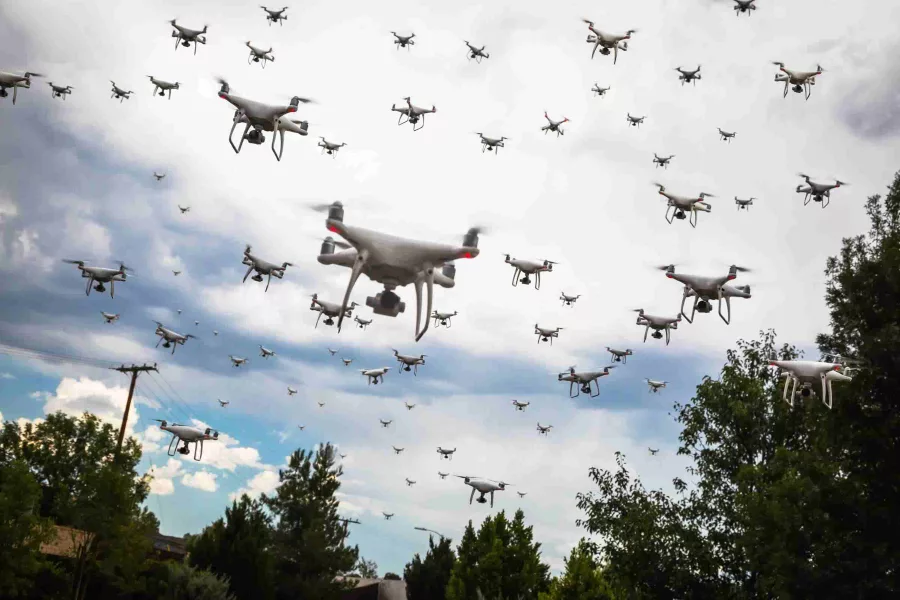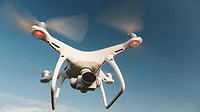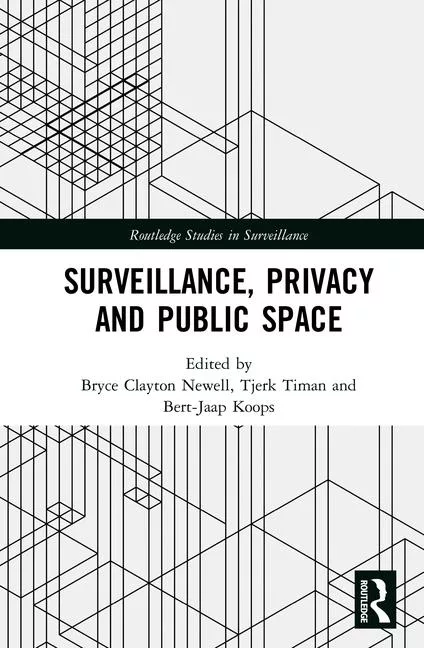Drones and Security: The Future of Public Space Safety

There is no better example of a technology with great benefits and even greater challenges than drones, or Unmanned Aircraft Systems (UAS), specifically commercial drones. Drones have now become commonplace in public venues and outdoor stadiums and with that comes some specific concerns.
Protection of public space has become a top priority of security professionals and more importantly, of owners who have liability responsibility. The ripple effects from the conflicts zones of Iraq and Afghanistan have shown that drone technology and the nefarious uses of drones (bombings, suicide attacks, surveillance) in combat zones is now making its way to the private sector of the U.S. and other countries.
More importantly, it is clear that people with evil intentions are taking note and our airspace controls from a legal and regulatory perspective are being outpaced by the change in the environment from the use of commercial drones.
There are currently just three major drone companies leading the market, which makes the task much simpler when it comes to establishing control measures around public venues and outdoor stadiums, similar to how processes are put into place for airports. However, the fourth major producer of commercial drones is the hobbyist, and in this area of production extending similar controls is nearly impossible.
Detection and monitoring systems, geofencing and Temporary Flight Restrictions (TFR’s) all are tools used to identify and control drone flight over a specific area, but all are dependent on many outlining factors, including the operator and the actual drone’s global positioning system (GPS).
Security professionals need to understand the use of drones, conduct drone security and assessment for their venue and put into place a drone response plan that details the steps to take, within current laws, to mitigate the risk to the venue or event.
After spending over two decades in intelligence, operations and security roles within the U.S. government, I’m well aware of the ever-growing benefits that technology brings—but I’m even more aware of the great threats it presents.
When stationed in Iraq as a commander and senior director of operations in the U.S. Army between 2010 and 2011, technology was beginning to evolve. In fact, it was in 2010 that we witnessed the first commercial drone come to market and since that time we’ve seen the industry grow, bringing drones into the commercial space that are faster, loaded with technical advances (follow-me, return to home and smart capture capabilities), carry heavier payloads (up to 15 lbs.) and travel greater distances. In fact, in recent news reporting we’ve seen drones carrying explosive ordinance in the conflict in Ukraine and more significantly used as an assassination tool in Yemen and Venezuela.
It is estimated that there will be over 800,000 drones in private hands in the U.S. alone by 2021. And as drone technology continues to develop, it presents an ever-growing challenge for security professionals, particularly those overseeing public gathering areas. To keep people safe, we must focus on developing policies on how to deal with drones from a defensive security standpoint.
Before I map out a blueprint to help you develop these policies, I’ll first reiterate that there are many positives associated with drones, from construction assessment, farming, commerce, health care, security and recreational uses. Drones can be used for deliveries, crowd control and as security monitors; they can help assess road conditions during inclement weather; for planting and assessing crops; to deliver emergency healthcare; for the monitoring of oil refineries, power plants, power grids and critical infrastructure.
But as beneficial as these uses are, the threats are vast. Drones can be used for potential cyber or physical attacks on critical infrastructure (power, water, life systems), airports, sporting events, public open-air events, concerts, and businesses. From intellectual property theft, to spying and tracking, the list goes on, perhaps limited only by the imagination.
Given my work with government and private sector security, terrorism in any form is of course at the top of my mind. While organizations have been using commercial drones for surveillance and as a weapon for several years, terrorist organizations have developed, conducted, and promoted weaponized drone attacks in conflict zones promulgating the technology for use outside of the these areas.
In fact, ISIS conducted a propaganda campaign that focused on its successes of carrying out lethal UAS attacks against Coalition Forces in Iraq and Syria. In its propaganda efforts, ISIS encouraged its supporters in the West to use weaponized UAS platforms against Western targets. ISIS also provided Techniques, Tactics and Procedures (TTPs) for UAS operations. Meanwhile, other criminal organizations, including drug cartels, are also using UAS for nefarious purposes.
There is no simple solution to this wide range of threats, so it’s imperative that we implement risk mitigation measures that are tailored to address specific security situations and facility needs. In particular, the protection of public space should be a top priority for every security director and intelligence professional, and this can be achieved in part by staying informed about current advances in drone technology. A good place to start are the top commercial drone producers. By understanding their product lines and specifications you will gain a better understanding of capabilities associated with drone use in public space.
There are a number of additional steps I suggest with regard to protecting public spaces from unauthorized drone activity. First, it’s imperative that security and intelligence personnel conduct a targeted Drone Security and Vulnerability Assessment (DSVA) focusing on access to the facility and its public space.
This will also include identifying and prioritizing vulnerabilities that require protection and expanding outward from those areas to provide depth and layers with regard to early warning and no-fly boundaries. This requires identifying the resources—including capital, personnel, systems and outside experts—to implement the infrastructure and expertise required for the detection and monitoring of threats.
Identifying vulnerabilities for the facility’s airspace through advanced software and modeling tools is another key element of any plan to mitigate threats. Technological mitigation platforms include a drone detection and monitoring system, mass communication notification system, physical air-space observation posts and communication systems are necessary, as is an early warning system that allows for the time and space necessary for a quick reaction.
But for all of this to come together in times of a real threat, a Drone Detection and Response (DDR) plan is necessary. You will need to rehearse and train staff on the DDR in order to establish and confirm standard operating procedures and emergency response actions, bringing in law enforcement, private security, medical services, and hazardous material experts where possible.
Drones have many benefits, but the threats they present are even greater. It’s imperative that security and facility personnel stay current with technology, conduct a Drone Security and Vulnerability Assessment (DSVA) and have a Drone Detection and Response (DDR) plan in place.
My military experience has shown me that a real threat or attack often comes when least expected. I believe the steps outlined above can serve as a blueprint for mitigating these threats and ultimately stopping an attack before it happens.
Looking for a reprint of this article?
From high-res PDFs to custom plaques, order your copy today!








